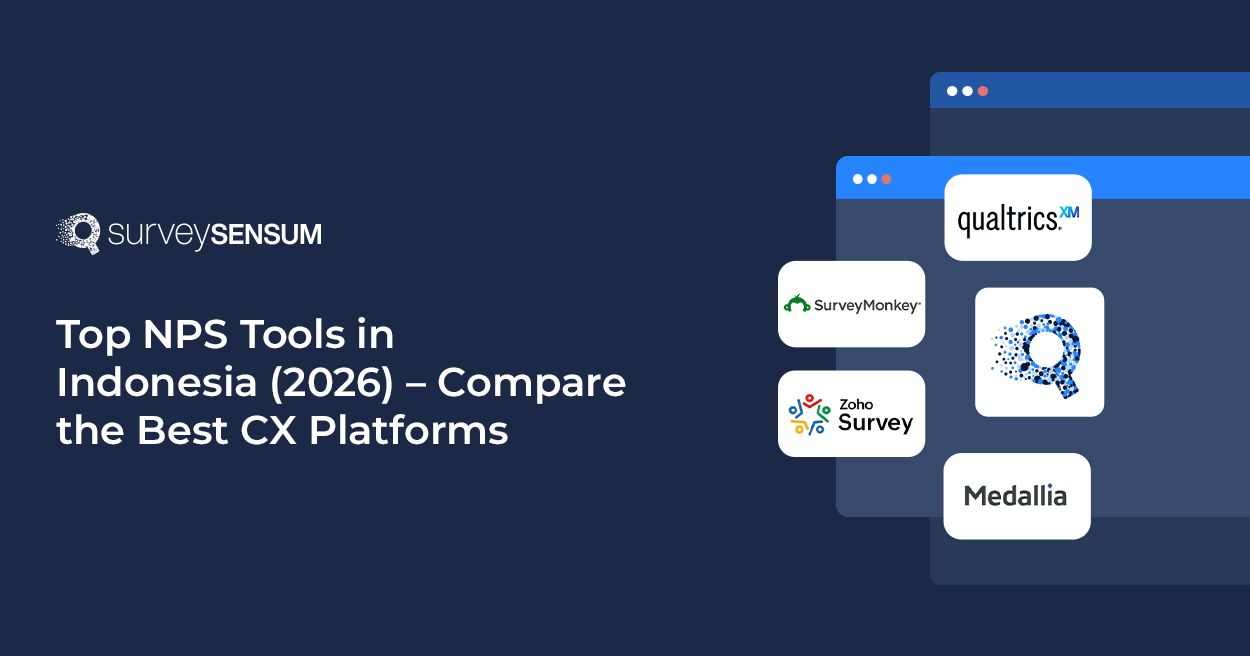

How many surveys land in your inbox each week? And how many of those do you actually complete? With the influx of surveys, it’s crucial to limit their frequency and provide customers with the space to genuinely share their feedback.
The challenge arises when every team in your company seeks feedback. How does the marketing team know if the product team has already sent out a survey? How can you effectively manage and limit the number of surveys sent to customers?
Enter Survey throttling – a feedback platform feature designed to limit the number of surveys sent to respondents within a specific period. This practice helps prevent survey fatigue, ensuring higher response quality and maintaining a positive relationship with your audience.
So, by carefully setting survey frequency, you can gather valuable insights without overwhelming your respondents.
Now, don’t worry, you don’t need to implement this strategy manually, you can employ this strategy with much ease using an efficient survey builder. And for that, this blog will cover the basics of Survey Throttling and how it actually works.
But first things first, let us understand what exactly is survey throttling.
What is Survey Throttling?
Survey throttling is the practice of limiting the number of surveys sent to respondents within a certain period to prevent survey fatigue and ensure a higher response rate as well as quality feedback. This technique helps maintain a positive relationship with respondents by avoiding overloading them with too many survey requests, which can lead to decreased participation rates and less reliable feedback.
Key Aspects of Survey Throttling:
- Frequency Control: Restricting how often surveys are sent to the same respondent.
- Quota Management: Setting limits on the number of responses collected for a particular survey or segment.
- Scheduling: Timing surveys strategically to avoid overlapping with other feedback requests or busy periods for respondents.
- Respondent Tracking: Monitoring who has received surveys recently to avoid sending multiple requests in a short time frame.
After knowing the basics of survey throttling, let’s understand its different types in detail.
Types of Survey Throttling
There are two primary types of survey throttling:
1. Global Survey Throttling (Account-level):

Global Survey Throttling limits the total number of surveys a respondent can receive from an entire account within a specific timeframe.
Application: This ensures that respondents are not overwhelmed by multiple surveys from different campaign departments within the same organization.
For instance, If an organization sets a global throttling limit of one survey per month per respondent, no matter how many surveys are initiated by different teams within that organization, each respondent will receive only one survey in that period.
2. Survey Level Throttling:

Survey Level throttling restricts the frequency of survey invitations for individual surveys or projects.
Application: This is useful for managing how often respondents are asked to participate in specific surveys, ensuring they don’t receive the same survey in that particular period of time.
For instance, if a post-purchase customer satisfaction survey has a throttling rule of one survey every six months, a customer who buys multiple products within that period will only receive the survey once. This ensures that the customer is not overwhelmed with survey requests, maintaining a positive experience while still gathering valuable feedback on their satisfaction with the purchase process.
Explore how SurveySensum’s global and survey-level throttling capabilities can improve response rates and create a positive survey experience.
Let us now understand the various advantages that come along with employing survey throttling in your survey program.
Advantages of Implementing Survey Throttling
- Prevents Survey Fatigue: Reduces the risk of overwhelming respondents with too many survey requests, leading to higher participation rates.
- Improves Response Quality: Ensures that respondents provide more thoughtful and accurate feedback by not feeling inundated with surveys.
- Enhances Customer Experience: Maintains a positive relationship with respondents by respecting their time and avoiding excessive contact.
- Increases Survey Engagement: Higher engagement levels as respondents are more likely to participate when they receive surveys less frequently.
- Optimizes Data Collection: Helps collect more relevant and timely feedback by strategically timing survey invitations.
- Maintains Representative Sampling: Ensures a more balanced and representative sample by controlling the distribution of surveys across different respondent groups.
- Reduces Survey Dropout Rates: The lower likelihood of respondents abandoning surveys halfway due to reduced annoyance and frustration.
- Improves Organizational Efficiency: Streamlines the survey process by managing the flow and frequency of survey invitations, leading to better use of resources.
Now that you know all the advantages of employing Survey Throttle, let us get to know how exactly a throttle period in survey management works.
How Does a Throttle Period Actually Work – The Rules
This period dictates how often a respondent can receive survey invitations based on the throttling settings applied. Here’s how it works:
1. Setting Throttle Rules: Survey administrators define throttle rules that specify the frequency at which respondents can receive survey invitations. For example, a throttle rule might limit invitations to once every three months for a particular survey.
2. Initiating Surveys: When surveys are initiated, the system checks the throttle rules associated with each survey and respondent. If a respondent has recently completed the survey or is within the throttle period, they will not receive another survey invitation until the throttle period expires.
3. Throttle Period Duration: The throttle period duration is determined by the settings configured in the survey management platform. It could range from days to months, depending on the organization’s survey strategy and goals.
4. Managing Frequency: During the throttle period, the system monitors and controls the frequency of survey invitations sent to each respondent. This ensures compliance with the throttle rules and prevents over-surveying of participants.
5. Adapting to Feedback Needs: Survey administrators can adjust throttle rules and periods based on feedback needs, respondent preferences, and the desired cadence of data collection. This flexibility allows for fine-tuning survey strategies to optimize response rates and data quality.
Implement SurveySensum’s survey throttling strategies to collect more relevant and timely feedback. Enhance your organization’s data collection process. Try it now!
By adhering to throttle rules and managing the throttle period duration, organizations can prevent over-surveying, improve response rates, and ensure a positive respondent experience. This strategic approach to survey frequency control enables better data collection practices and enhances the overall quality of feedback obtained.
Conclusion
Survey throttling is a critical feature for managing the frequency of survey invitations sent to respondents, ensuring a positive respondent experience and high-quality feedback. Organizations need to implement this in their survey program to enhance their experience and response rates.
With SurveySensum, you can implement global survey throttling at the account level and fine-tune survey-level throttling to optimize respondent engagement and data collection. Leveraging this feature, you can prevent survey fatigue, improve response quality, and maintain a positive relationship with your audience.
Learn how SurveySensum can help you implement effective survey throttling to prevent respondent fatigue and enhance data quality. Start optimizing your survey strategy today!
FAQs
Survey throttling is the practice of limiting the number of surveys sent to respondents within a certain period to prevent survey fatigue and maintain higher response quality.
Survey fatigue is also known as respondent fatigue or survey burnout.
Yes, survey fatigue is a real phenomenon where respondents feel overwhelmed or fatigued by receiving too many survey requests, leading to decreased participation rates and less reliable feedback.
The four goals of a survey typically include:
- Collecting data to understand customer preferences, opinions, and experiences.
- Identifying areas for improvement or opportunities for innovation.
- Evaluating the effectiveness of products, services, or processes.
- Gathering feedback to make informed decisions and drive strategic initiatives.
Leverage SurveySensum’s throttling features to control survey frequency and ensure thoughtful, accurate feedback from your respondents. Contact us to learn more!

















